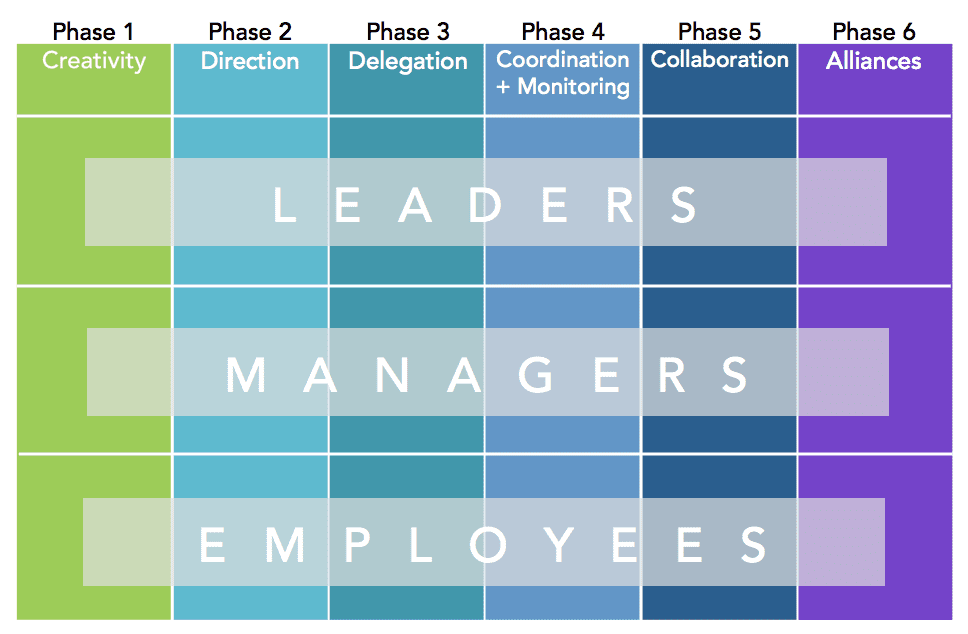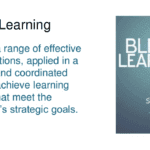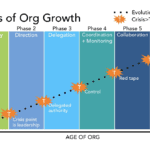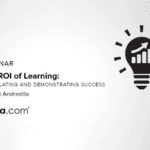Are you out of sync with your org's stage of growth?

I research, write and speak on how we help people and organizations reach their full potential. I consult with leaders and organizations around the world on how to do this and a large part of my focus in making sure that learning and development programs are robust and effective.
I’m pleased to announce that my new course, Organization Learning & Development, has just released on both Lynda.com and LinkedIn Learning. In it, I share my best tips and strategies. Here is an excerpt—I hope you will view the entire course.
As a talent development professional, you’re in the business of cultivating the potential of your organization and its people. But I often find that L&D programs are out of sync with what the organization actually needs. Managers and leaders are not learning the skills they need in time to effectively guide the organization and employees. This can lead to crucial gaps in productivity, engagement, and innovation. It is imperative that your learning strategy not only align with organizational growth but be pacing ahead of it.
Organizations actually grow and change in predictable ways, moving through six stages of development. Each shift requires new skills for the organization’s leaders, managers, and employees. Knowing how to identify where your organization is and more importantly, the next stage it is growing in to will help you anticipate business needs and be ready with the right learning solutions.
I use the Greiner Curve to assess any organization I’m working with. Dr. Larry Greiner is a professor at USC’s Marshall School of Business, and his research identified that organizations move through 6 distinct phases that are a function of an organization’s age and size.
But there can be profound differences in how quickly an organization moves through the phases. A large, traditional financial institution will have a much slower and gentler progression than a fast-growing tech start up that is hiring at a furious pace.
Every stage of growth ultimately leads to a crisis point when the current structure can no longer support what the organization needs, and these crisis points push change, transforming the organization to the next phase. The organization can then experience a period of relative stability until it hits the next crisis point. Time can vary in each stage ranging from months to decades, depending on how fast they are growing in size.
As I describe the 6 phases, see if you can identify where your organization is currently. The first phase is growth through creativity, where the founders build the organization. The organization is small so people wear many hats and communication is spontaneous and informal. But as the organization gets bigger, it leads to the crisis point of leadership, where professional management needs to be brought in to help run the various functions like marketing and human resources.
Read the rest of this post on my LinkedIn page.
Related Blogs
JOIN OUR COMMUNITY
Be the first to know of Dr. Britt Andreatta's latest news and research.





